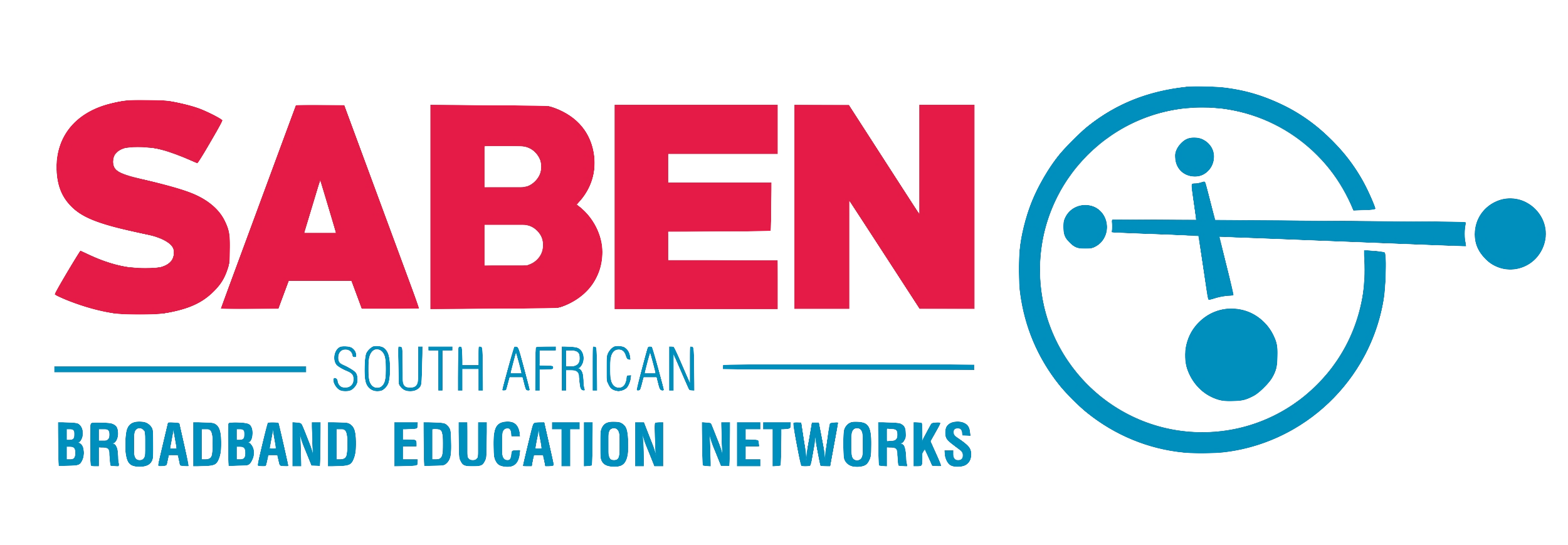Building a Culture of Lifelong Learning: Tips for Continuous Professional Development
May 6, 2024
Tips for Continuous Professional Development

In today’s rapidly changing and competitive professional landscape, the pursuit of lifelong learning is no longer a luxury but a necessity. Continuous professional development (CPD) enables individuals to stay relevant, adapt to evolving industry trends, and unlock new opportunities for growth and advancement. By cultivating a culture of lifelong learning in the workplace, organizations can empower employees to thrive in dynamic environments and drive innovation and excellence. In this blog, we explore strategies for building a culture of lifelong learning through continuous professional development.
Embrace a Growth Mindset
A growth mindset is the foundation of lifelong learning, fostering a belief in one’s ability to learn, grow, and improve over time. Encourage employees to adopt a growth mindset by promoting the value of curiosity, resilience, and adaptability. Emphasize that setbacks and challenges are opportunities for learning and growth, and celebrate efforts as well as achievements. By fostering a growth mindset, organizations create a culture that values continuous improvement and embraces challenges as opportunities for development.
Provide Learning Opportunities
Offer a diverse range of learning opportunities to meet the diverse needs and preferences of employees. Provide access to workshops, seminars, webinars, conferences, and online courses covering a wide range of topics relevant to employees’ roles, interests, and career goals. Encourage employees to pursue certifications, professional qualifications, and advanced degrees to deepen their expertise and broaden their skill sets. By providing a variety of learning opportunities, organizations empower employees to take ownership of their professional development and pursue learning paths that align with their aspirations.
Foster a Culture of Collaboration and Knowledge Sharing
Encourage collaboration and knowledge sharing among employees to facilitate learning and skill development. Create opportunities for employees to collaborate on projects, share best practices, and mentor each other. Establish formal mentorship programs where experienced employees can mentor junior colleagues and share their knowledge, insights, and expertise. Foster a culture where asking questions, seeking feedback, and sharing ideas are encouraged and celebrated. By fostering a culture of collaboration and knowledge sharing, organizations
create a supportive environment where employees learn from each other’s experiences and
expertise.
Promote Continuous Feedback and Reflection
and areas for improvement. Provide opportunities for employees to receive constructive
feedback from managers, peers, and mentors, and encourage them to reflect on their learning
and development goals. Encourage employees to set SMART (Specific, Measurable,
Achievable, Relevant, Time-bound) goals for their professional development and track their
progress over time. By promoting continuous feedback and reflection, organizations enable employees to identify areas for growth and take proactive steps to enhance their skills and
capabilities.
Invest in Learning Resources and Technology

Conclusion
Building a culture of lifelong learning is essential for fostering a skilled, engaged, and
adaptable workforce capable of driving organizational success in a rapidly changing world. By embracing a growth mindset, providing diverse learning opportunities, fostering collaboration and knowledge sharing, promoting continuous feedback and reflection, and investing in learning resources and technology, organizations can create an environment where employees are empowered to pursue continuous professional development and achieve their full potential. Together, let us cultivate a culture of lifelong learning where every employee is inspired to learn, grow, and thrive throughout their careers.
